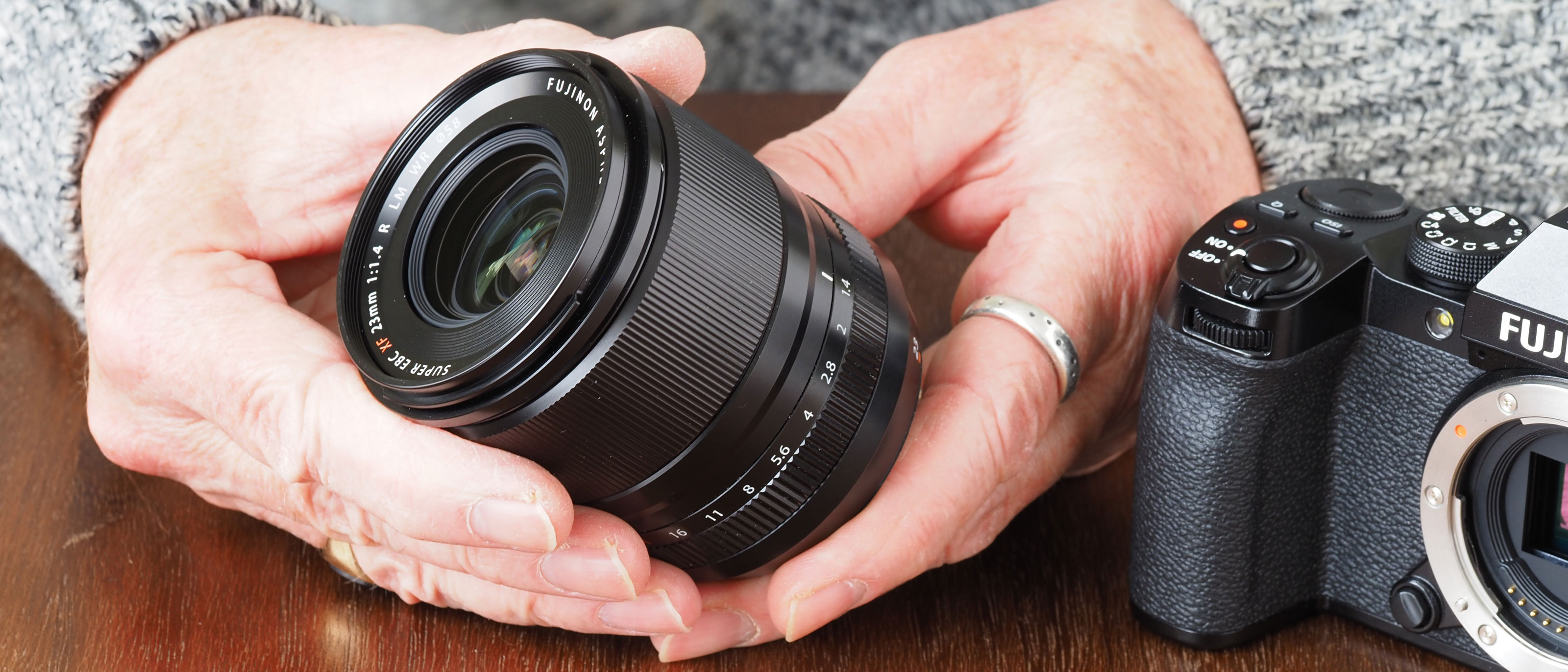Digital Camera World Verdict
It’s impossible to fault the performance of the Fujinon XF 23mm f/1.4 LM WR, both in terms of autofocus response and image quality. It does exactly what it promises, brilliantly. It’s a bit larger than we might have hoped, though, and it’s not cheap. And while the aperture ring is great, the lack of a focus distance scale is disappointing.
Pros
- +
Fast and quiet AF
- +
Excellent image quality
- +
Clean, unfussy design
Cons
- -
Long for an APS-C 35mm equivalent
- -
Internal ‘clonk’ when powered off
- -
Not cheap
Why you can trust Digital Camera World
One of the strengths of the Fujifilm X system is its lenses, especially its prime lenses. Most APS-C systems are pretty poorly supported with primes, and Fujifilm is the exception.
Apart from some more specialized outliers, there are two clusters of primes in the X-mount system – the really likeable and compact f/2 primes (and there is a dinky little XF 23mm f/2) and the faster and bigger f/1.4 primes.
Fujifilm’s been making f/1.4 primes for almost as long as the X-mount system has been around, but recently it’s been replacing its older f/1.4s with newer, more modern versions. This is the latest instance, and the new Fujinon XF 23mm f/1.4 LM WR is a longer, slimmer lens than the old XF 23mm f/1.4 R and, as the name indicates, it brings with it linear AF motors and weatherproofing. Fujifilm says it has improved AF speed and resolution.
Specifications
Focal length: 23mm
Angle of view: 63.4°
Max. aperture: F1.4
Min. aperture: F16
Lens configuration: 15 elements in 10 groups (inc 2 aspherical and 3 ED elements)
Aperture blades: 9 (rounded diaphragm opening)
Minimum focus distance: 0.19m
Max. magnification: 0.2x
Dimensions: 67mm x 77.8mm
Weight: 375g
Filter size: 58mm
Key features
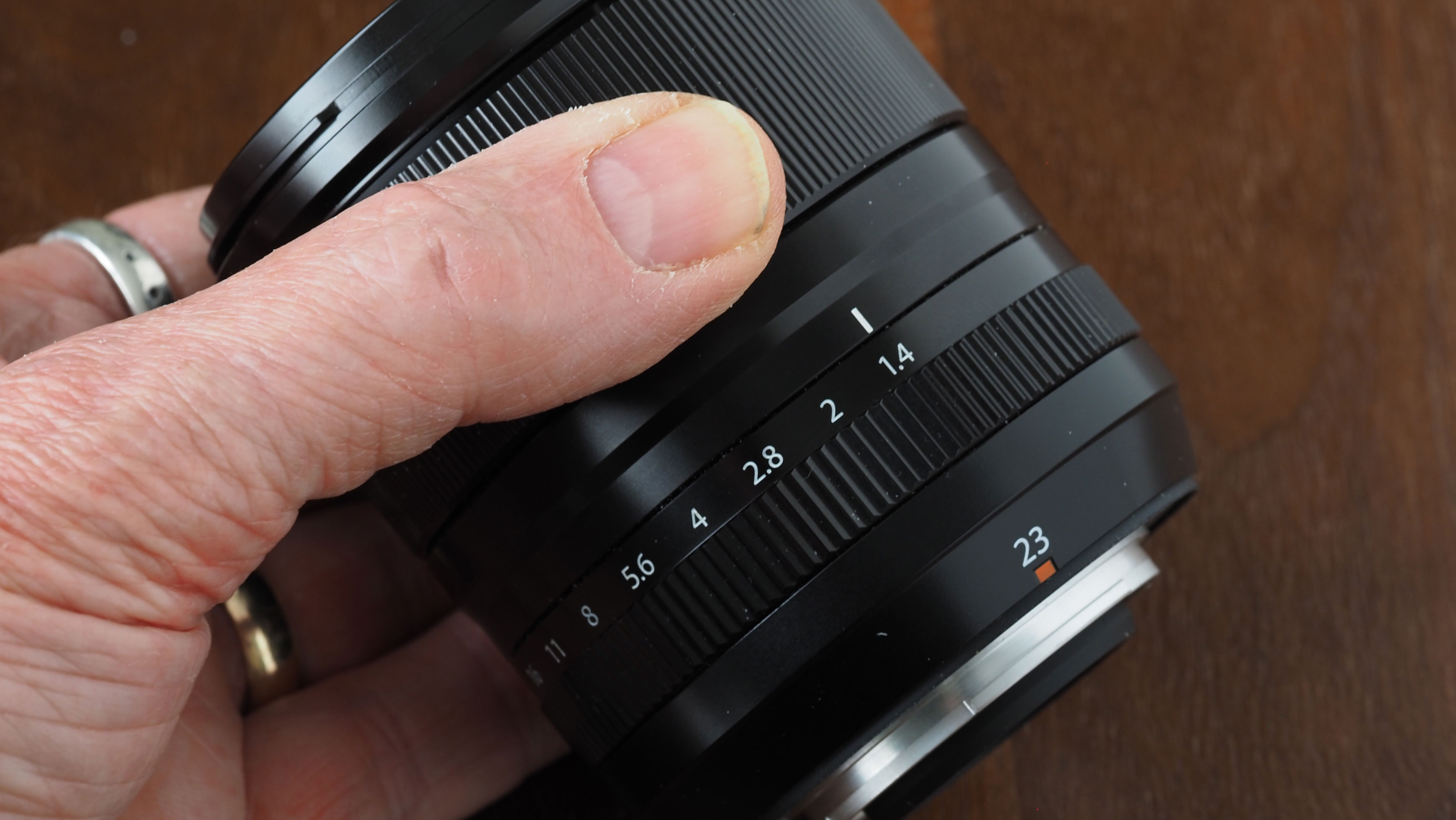
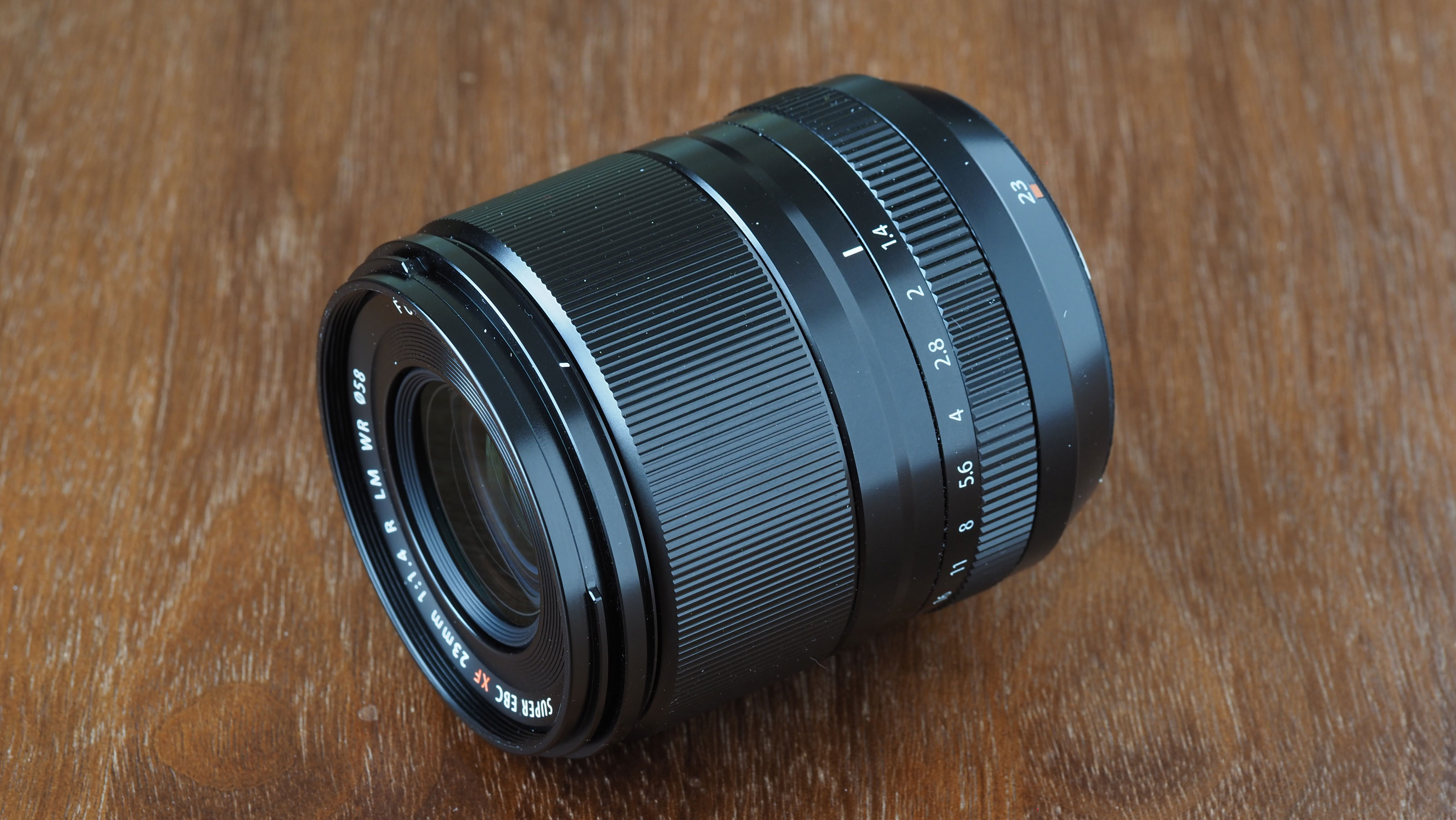
This is a relatively straightforward lens with no unique features as such, but let’s take a quick run through anyway.
First, the 23mm focal length is equivalent to a 35mm prime lens in full frame terms, so this is the classic focal length for street photography. The f/1.4 maximum aperture should make it useful in low light and for background blur/separation. There’s no image stabilizer, but if you use it with a Fujifilm X-T4 or X-S10, the camera body will have stabilization.
The design is weatherproof and dustproof and, along with many Fujifilm lenses, it has a physical aperture ring. It does not, however, have a focus distance scale.
Build and handling
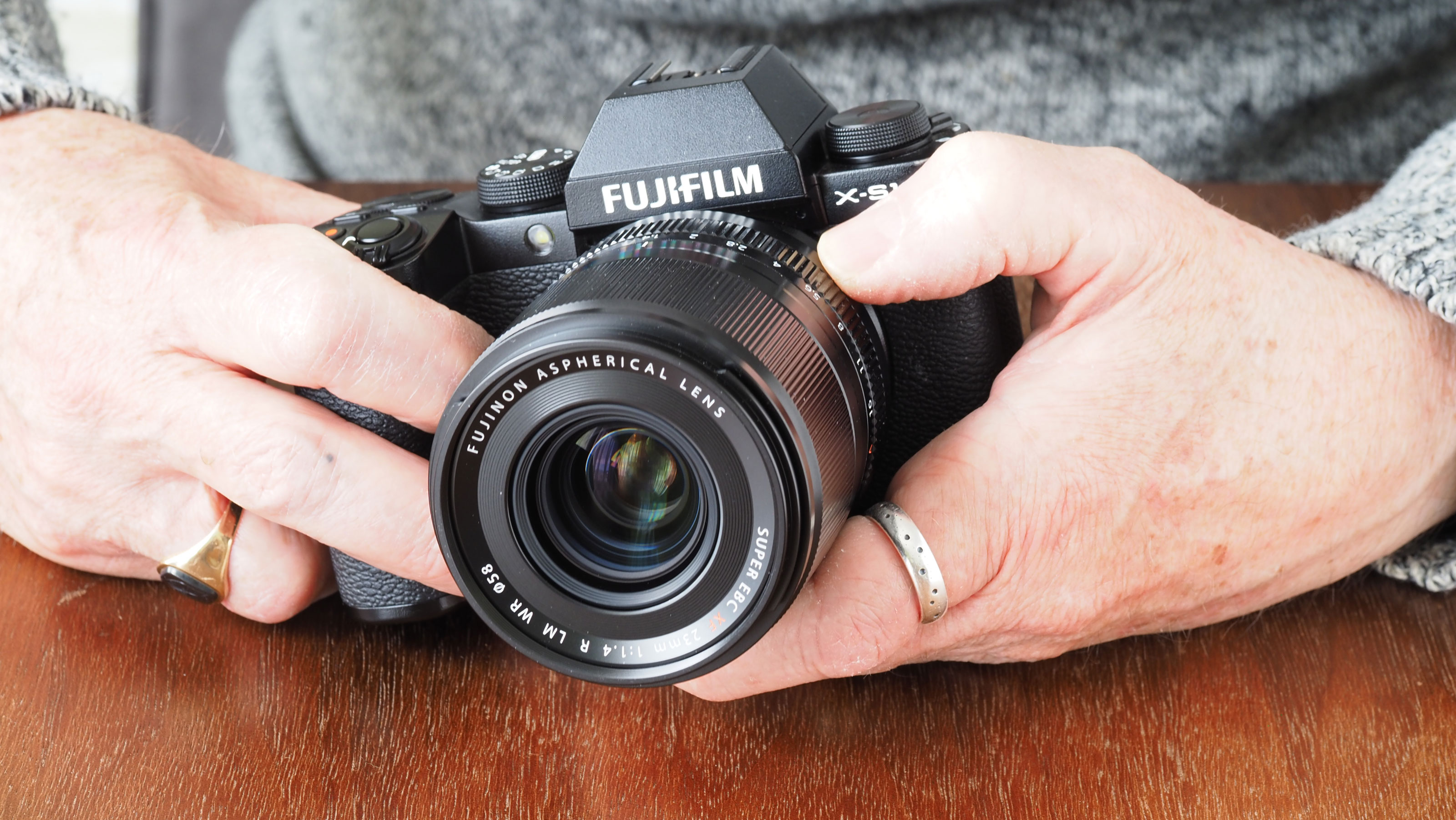
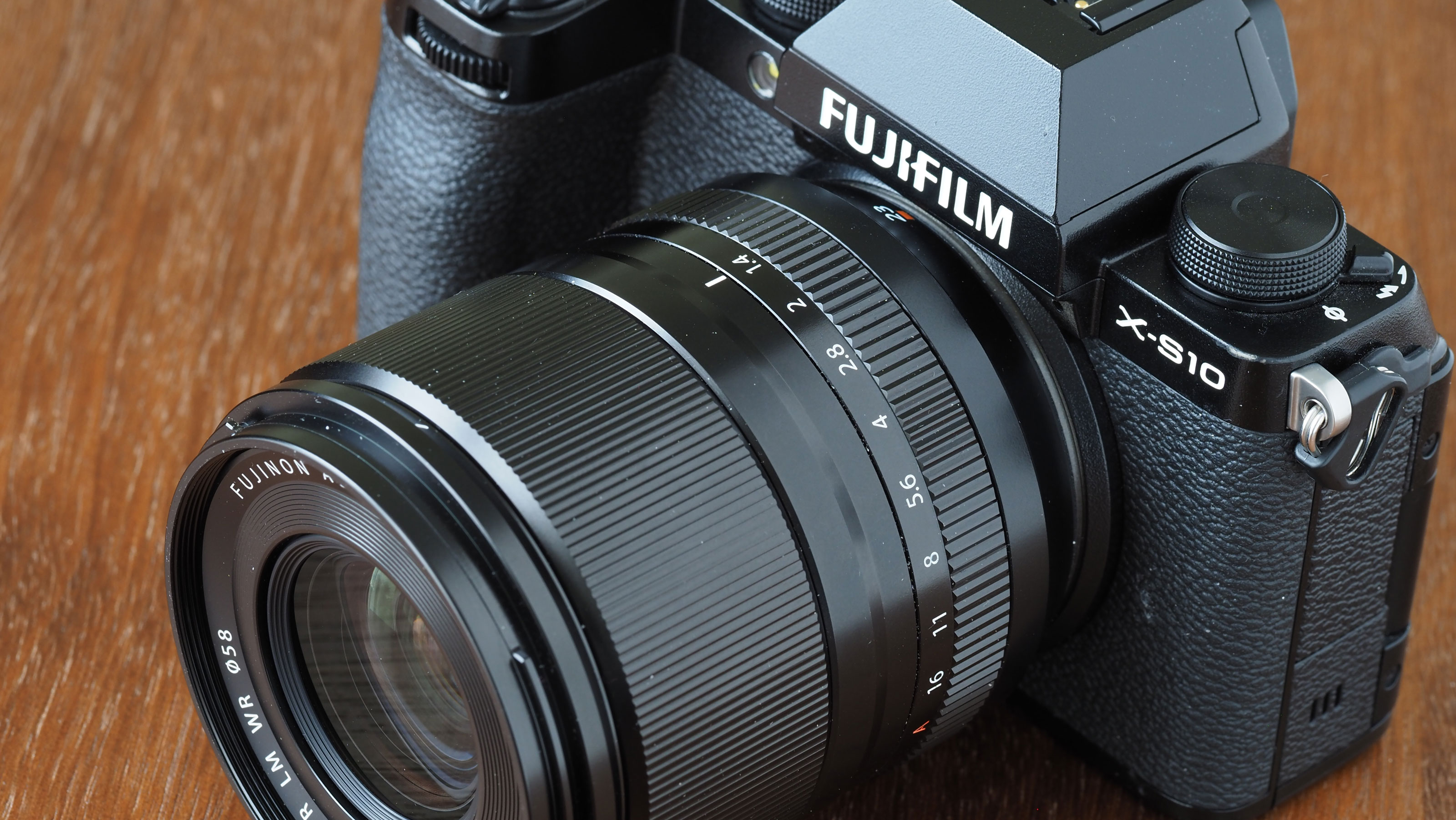
There’s a lot to like about the Fujinon XF 23mm f/1.4 LM WR but a few caveats too. For a start, it feels about the same size as a full frame 35mm f/1.8. Most people buy into APS-C for the size of the system (and cost, of course), but while it’s not big, this 35mm equivalent lens is not small, either.
And then there’s the Fujifilm ‘clonk’ which is starting to look like a characteristic of these new primes, even if it is perfectly harmless. If you move the lens about while it’s off the camera you can feel and often hear an internal ‘clonk’. This stops when it’s attached to a camera and the camera is powered on, so we assume it’s simply caused by a floating AF group in the lens that’s not ‘parked’ when it’s off the camera. Would that bother you? You decide.
Now that’s been said, there really is a lot to like here. For a start, you get an old-school aperture ring. We’ve learned to do without these on most digital camera systems, but not through choice. The other thing about this aperture ring is that you get a visible reminder of the enormous exposure range a fast prime offers. In this lens, it’s eight aperture steps – when your average kit zoom will typically offer 6 (if it’s a massive f/2.8 constant-aperture lens) or 5 (if its a regular variable aperture sort) at this focal length.
The other likeable characteristic is this lens’s sleek, completely cylindrical, no fuss design. It does the job and doesn’t brag about it.
But hold on. Where’s the focus distance scale and depth of field index markers of the old lens? They’re gone. That’s not good. That’s why many of us buy a prime in the first place.
Performance

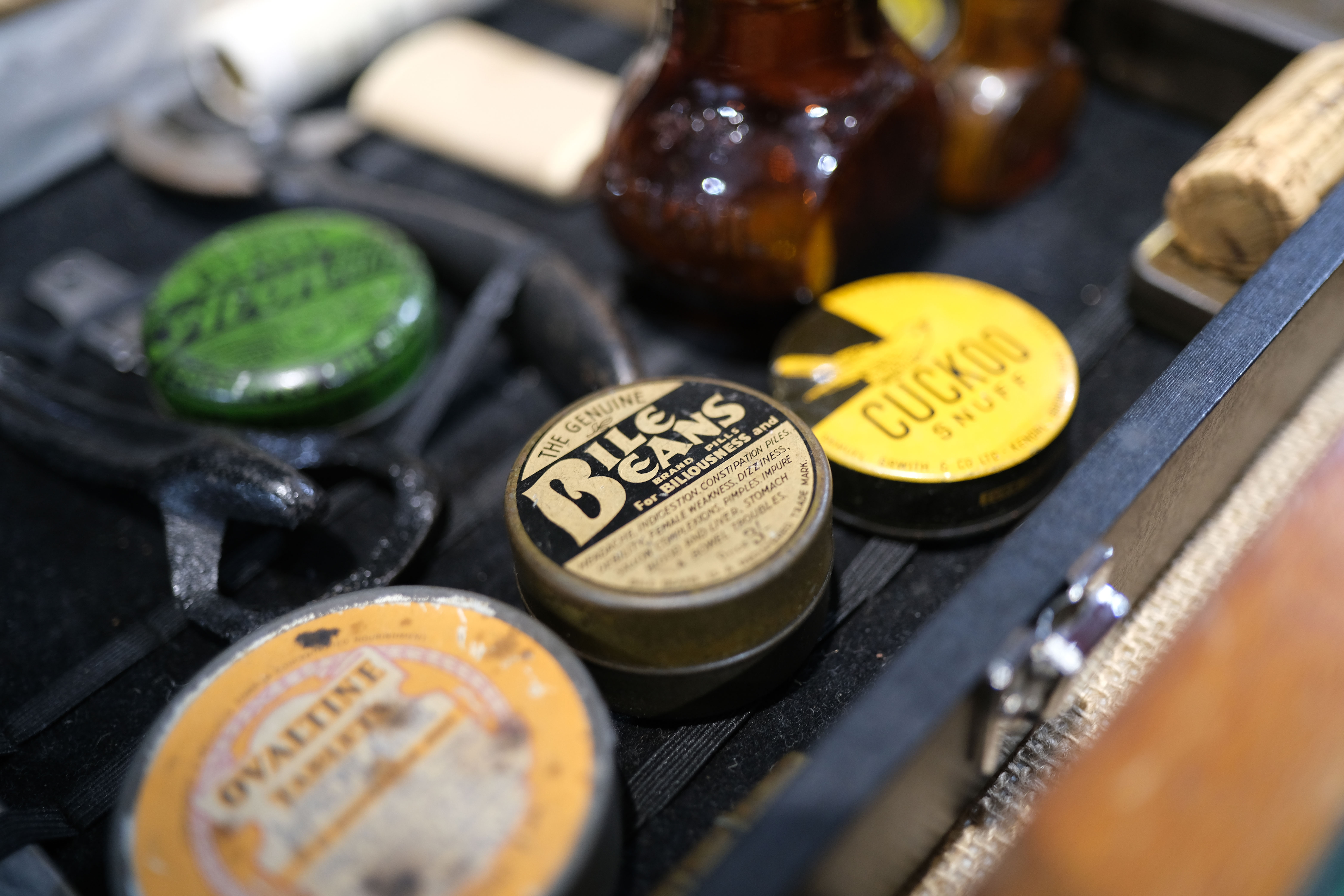
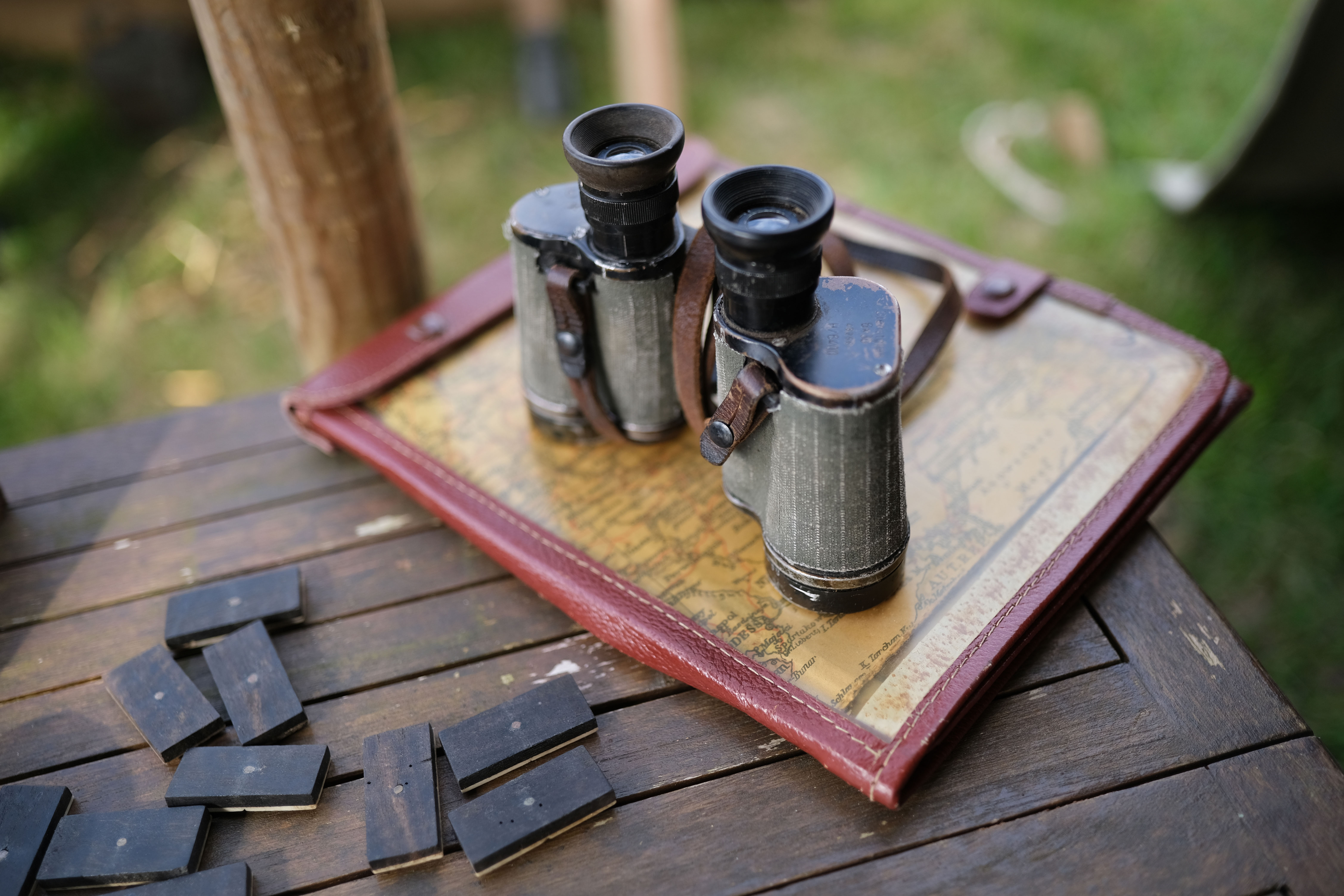

It’s hard to fault the XF 23mm f/1.4 LM WR’s performance. The AF speed from the linear motors is great and near-silent too. Optically, in real-world shooting we’ve got no complaints at all. We wouldn’t hesitate to use this lens wide open at f/1.4 if we wanted a deliberately shallow depth of field. Even wide open, it’s sharp and contrasty, with no visual degradation.
There is always the lingering sense, of course, that if you really wanted shallow depth of field you would have been better off with full frame… but we reckon the Fujinon XF 23mm f/1.4 LM WR’s depth of field at f/1.4 is about the same as a full frame 35mm at f/2, so it’s not a million miles away.


Apart from shallow depth of field, of course, what this f/1.4 prime gives you is great low-light capability. It lets you keep the shutter speeds up and control subject movement in a way that image stabilizers don’t (they only suppress camera movement). Of course, you’ll get even more of a low-light advantage on an X-mount body with IBIS, like the X-S10 or X-T4.
Lab tests
We run a range of lab tests under controlled conditions, using the Imatest Master testing suite. Photos of test charts are taken across the range of apertures and zooms (where available), then analyzed for sharpness, distortion and chromatic aberrations.
We use Imatest SFR (spatial frequency response) charts and analysis software to plot lens resolution at the center of the image frame, corners and mid-point distances, across the range of aperture settings and, with zoom lenses, at four different focal lengths. The tests also measure distortion and color fringing (chromatic aberration).
Sharpness:
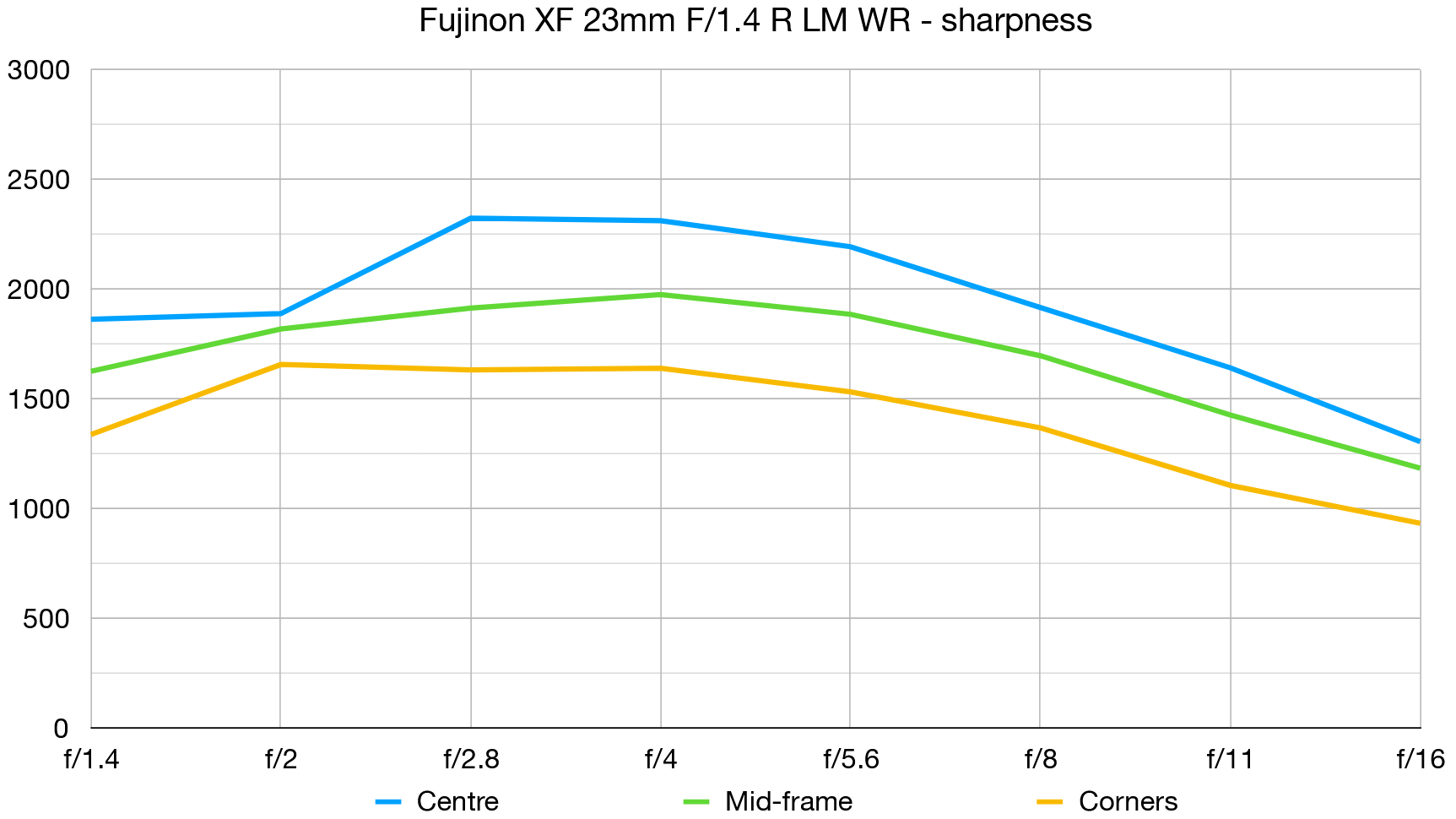
Sharpness is excellent, even when shooting wide open. At f/2.8 centre sharpness becomes simply superb, and equally impressive is how well the lens resolves detail in the corners of frame throughout the aperture range.
Fringing:
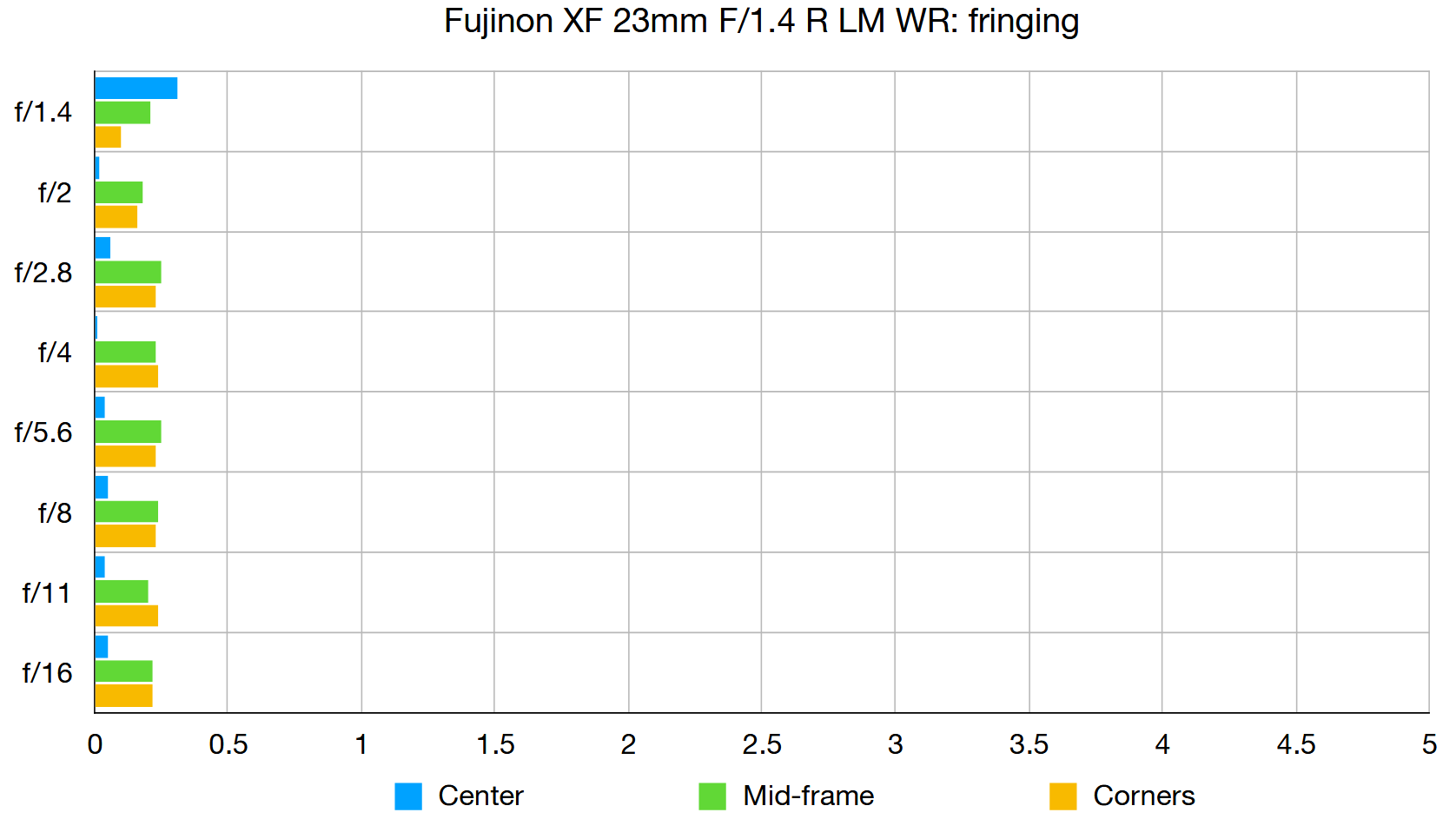
Color fringing is extremely well controlled - you'll struggle to spot any in real world shooting.
Distortion: 0.37
A trace of pincusion distortion here, but nothing more.
Verdict
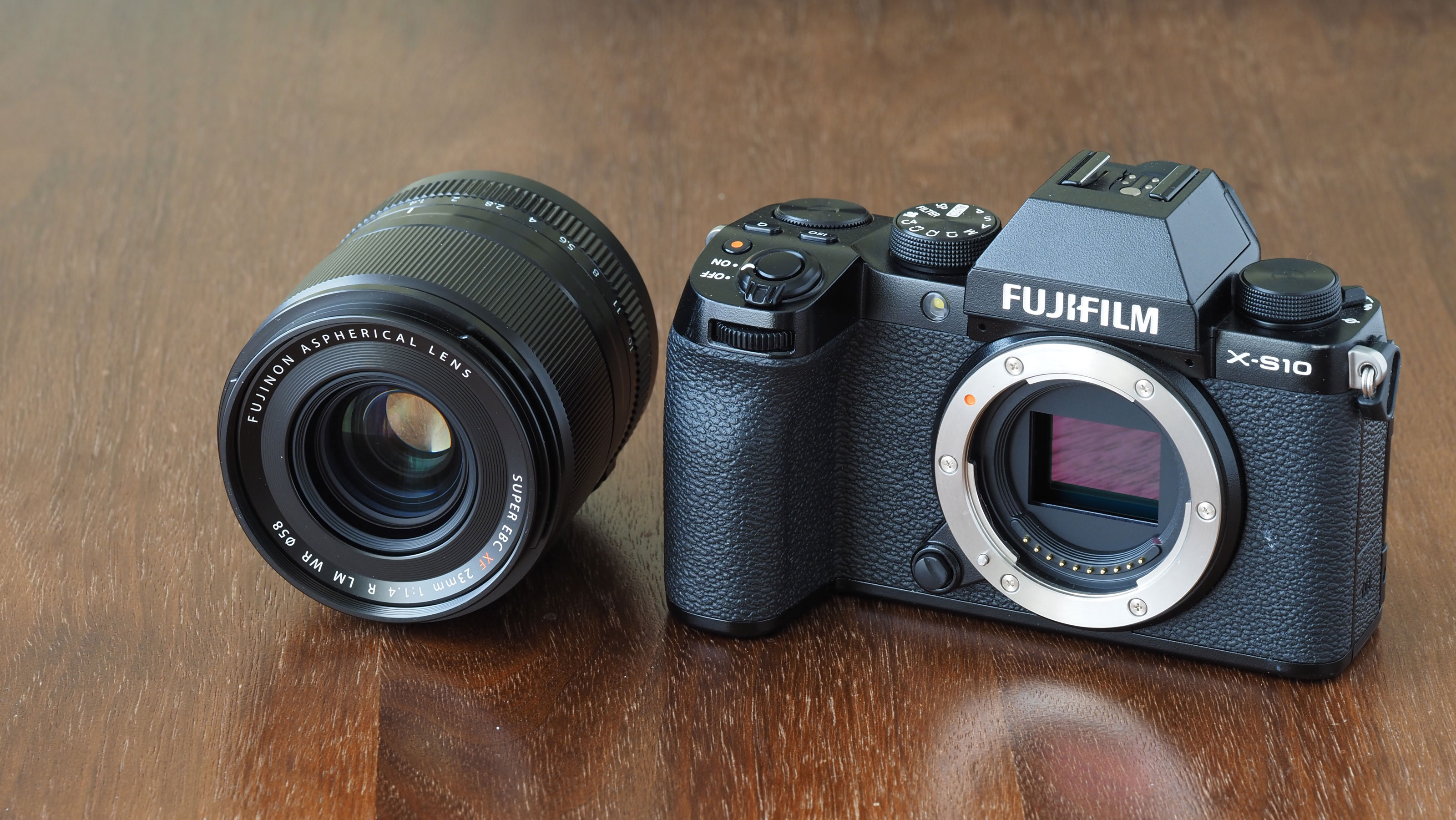
This lens certainly offers professional performance, build quality and features for X-mount cameras and helps strengthen the appeal of Fujifilm’s APS-C range for serious enthusiasts and pros. Optically, it’s superb, and the handling is neat, efficient and effective.
And yet this is not a small lens, and you might start to think that if you’re going to be working with prime lenses this size, you might just as well step up to a full frame system. Fujifilm’s appeal lies in its combination of size and performance. Performance on its own may not be enough.
How we test lenses
We test lenses using both real world sample images and lab tests. Our lab tests are carried out scientifically in controlled conditions using the Imatest testing suite, which consists of custom charts and analysis software that measures resolution in line widths/picture height, a measurement widely used in lens and camera testing. We find the combination of lab and real-word testing works best, as each reveals different qualities and characteristics.
Read more:
• Best Fujifilm lenses
• Best 35mm lenses
• Best lenses for bokeh

Rod is an independent photography journalist and editor, and a long-standing Digital Camera World contributor, having previously worked as DCW's Group Reviews editor. Before that he has been technique editor on N-Photo, Head of Testing for the photography division and Camera Channel editor on TechRadar, as well as contributing to many other publications. He has been writing about photography technique, photo editing and digital cameras since they first appeared, and before that began his career writing about film photography. He has used and reviewed practically every interchangeable lens camera launched in the past 20 years, from entry-level DSLRs to medium format cameras, together with lenses, tripods, gimbals, light meters, camera bags and more. Rod has his own camera gear blog at fotovolo.com but also writes about photo-editing applications and techniques at lifeafterphotoshop.com
